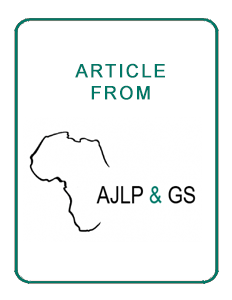What restrains Ethiopian NGOs to participate in the development of policies for natural resource management?
By law, non-governmental organizations (NGOs) in Ethiopia are severely restricted in their activities towards policy development. In this study we explore to what extent these restrictions have affected NGOs in Natural Resource Management in the Oromia regional state of Ethiopia.



